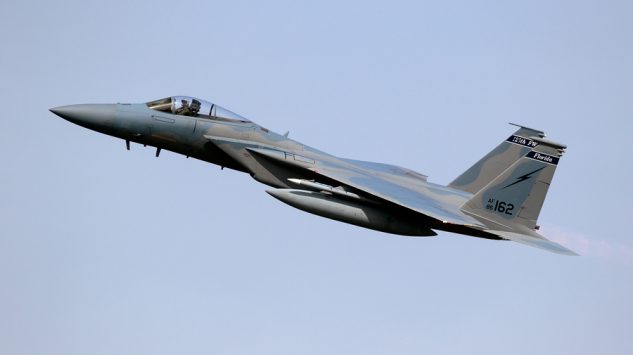Later this year, the U.S. Air Force will select a company to build a new jet trainer designated T-X to replace the aging T-38 Talon. Although not a large procurement, the Air Force plans to acquire just 350 aircraft, it is an important one. One might think that picking a winner would be easy. Yet, there are a lot of factors that need to be considered in the selection of a new advanced jet trainer. Clearly, cost will be an important consideration. The way the Air Force wrote the request for proposal gave many in the aerospace and defense community the sense that the lowest price offering, so long as it met a set of baseline performance standards, would be selected. Yet price should not be the only consideration. Evaluators must also assess a number of risk factors. One of these is technical risk or, said another way, technical maturity. Related to technical risk is production risk. Then there is schedule risk which could also create resource risks if projected budgets fail to materialize or funding is stretched out. I have written about the challenges facing Air Force evaluators of the Three T-X proposals for the National Interest here.
 Daniel Goure is a Vice President with the Lexington Institute, a nonprofit public-policy research organization headquartered in Arlington, Virginia. He is involved in a wide range of issues as part of the institute’s national security program. Dr. Goure has held senior positions in both the private sector and the U.S. Government. Most recently, he was a member of the 2001 Department of Defense Transition Team. Dr. Goure spent two years in the U.S. Government as the director of the Office of Strategic Competitiveness in the Office of the Secretary of Defense. He also served as a senior analyst on national security and defense issues with the Center for Naval Analyses, Science Applications International Corporation, SRS Technologies, R&D Associates and System Planning Corporation.
Daniel Goure is a Vice President with the Lexington Institute, a nonprofit public-policy research organization headquartered in Arlington, Virginia. He is involved in a wide range of issues as part of the institute’s national security program. Dr. Goure has held senior positions in both the private sector and the U.S. Government. Most recently, he was a member of the 2001 Department of Defense Transition Team. Dr. Goure spent two years in the U.S. Government as the director of the Office of Strategic Competitiveness in the Office of the Secretary of Defense. He also served as a senior analyst on national security and defense issues with the Center for Naval Analyses, Science Applications International Corporation, SRS Technologies, R&D Associates and System Planning Corporation.
